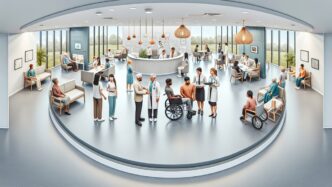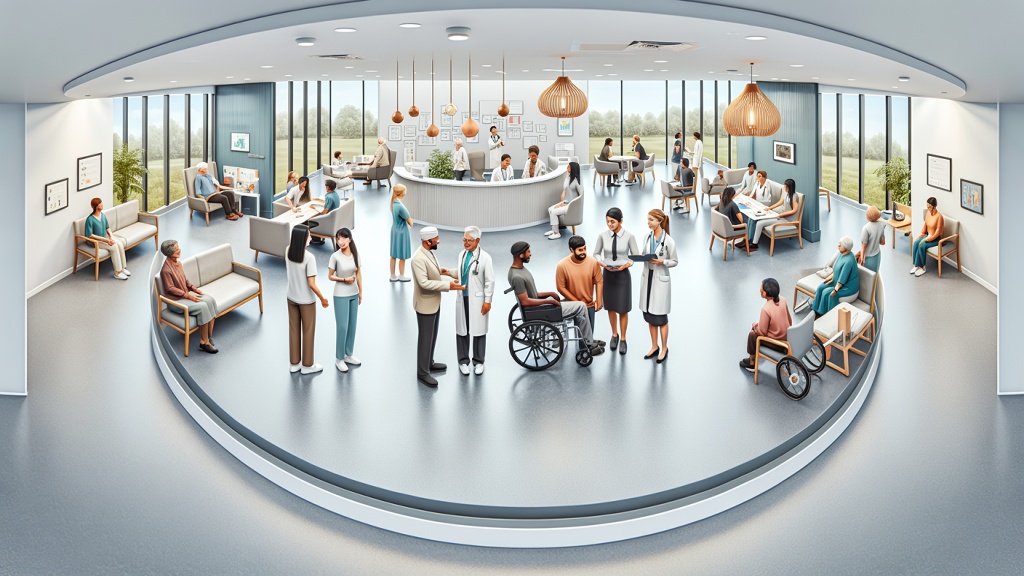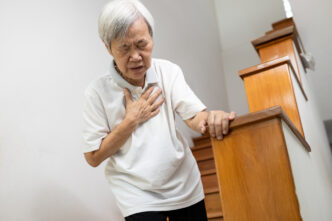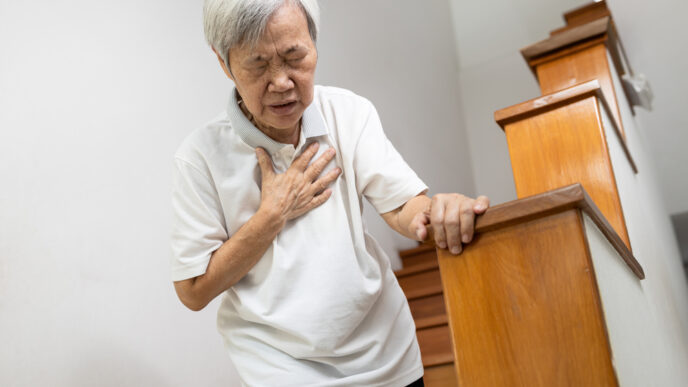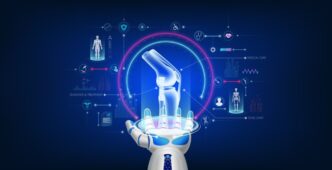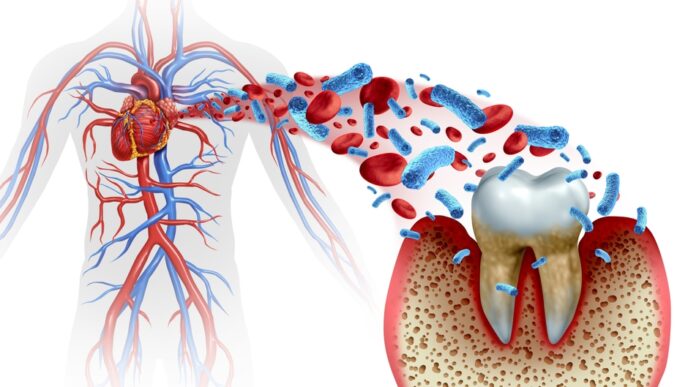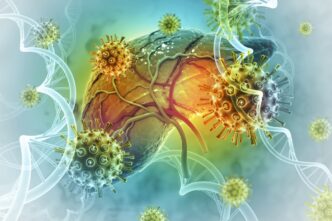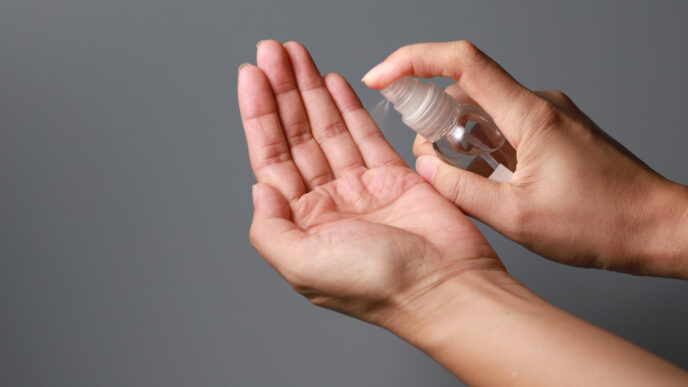When we think of healthcare, doctors and nurses often come to mind. However, there is another group of professionals working tirelessly behind the scenes, the allied health professionals (AHPs). These experts play a pivotal role in delivering patient-centered care, ensuring that patients receive comprehensive services, from diagnosis to recovery and rehabilitation.
WORDS LIM TECK CHOON
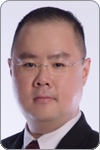 FEATURED EXPERT FEATURED EXPERTASSOCIATE PROFESSOR DR PHELIM YONG Head of the School of Biosciences Faculty of Health and Medical Sciences Taylor’s University |
 FEATURED EXPERT FEATURED EXPERTL MAGESWARY LAPCNMANAN Director of the Allied Health Sciences Division Ministry of Health Malaysia |
MEET THE ALLIED HEALTHCARE PROFESSIONALS (AHPs)
AHPs encompass a wide range of specialists such as:
- Medical laboratory scientist and technologist
- Physiotherapists
- Radiographers
- Dietitians
- Occupational therapists
- Speech-language pathologists
There are some subtle differences between the responsibilities of a physiotherapist and those of an occupational therapist.
|
AHPs provide essential services in diagnostics, rehabilitation, therapeutic services, and prevention.
Whether they help patients regain mobility after an accident or diagnose complex conditions using cutting-edge technology, they are integral to healthcare delivery.
“Allied health professionals are the backbone of sustainable rehabilitative care,” says Madam L Mageswary Lapchmanan, the Director of the Allied Health Sciences Division, Ministry of Health Malaysia.
“Their role goes far beyond diagnosis or acute hospital care. They are essential to a holistic, people-centred approach that begins before diagnosis and continues through recovery, especially within primary health care and community-based settings,” she adds.
HOW AHPs PLAY A CRUCIAL ROLE IN PATIENT CARE
AHPs perform crucial tasks that directly impact patient outcomes.
- For instance, radiographers use imaging technologies like X-rays and MRIs to provide the data doctors rely on for critical decisions.
- Clinical laboratory technologists analyse blood samples, providing essential information for treatment plans.
Rehabilitation services further highlight AHP’s contributions.
- Physiotherapists help patients recover mobility after surgery or injury, while occupational therapists promote independence in everyday activities.
- During the COVID-19 pandemic, respiratory therapists and laboratory technologists were instrumental in managing ventilators and processing test samples, ensuring timely, life-saving care.
Innovators and Drivers
AHPs are more than just support staff, they are innovators driving advancements in healthcare in a multidisciplinary team.
Their expertise in adopting new diagnostic tools and therapeutic techniques help enhance service delivery and improve patient outcomes.
“Meeting the human capacity needs of the AHPs is not something we can do alone, it requires strong partnerships,” adds Associate Professor Dr Phelim Yong.
In fact, such public-private partnerships play a key role in transforming healthcare systems.
RESOURCES AND RECOGNITION FOR AHPs
Despite their vital role, AHPs efforts often goes unseen.
The Allied Health Professions Act 2016 (Act 774) addresses the registration of individuals practicing as allied health practitioners, elevating the allied health professions in Malaysia.
However, beyond registration, there is a need for greater recognition and investment in AHPs for their continued contribution to the healthcare sector.
Madam L Mageswary explains further: “Recognizing the contributions of allied health professionals is essential to raising public awareness, showcasing their value, and creating greater opportunities for professional growth and recognition.”
How AHPs Can Be Recognized for Their Contributions
One way to enhance visibility is by incorporating AHPs into national healthcare policies, thus ensuring their roles are acknowledged in workforce planning and service delivery models.
Additionally, public awareness campaigns can educate communities on the services that AHPs provide, fostering appreciation for their work.
Establishing recognition programmes, such as national awards or career advancement pathways, can also motivate and retain talent within the profession.
The Need for More Resources for AHPs
In terms of resources, more efforts should be made to expand educational opportunities for aspiring AHPs.
- Universities and training institutions should be encouraged to offer specialised AHP programmes, ensuring a steady pipeline of skilled professionals.
- Moreover, increasing access to continuous professional development (CPD) courses, workshops and certification programmes will enable AHPs to stay updated with the latest advancements in their fields.
IN CONCLUSION
From diagnosis to rehabilitation, the contributions of AHPs are essential in patient care. As healthcare continue to evolve, it is crucial to recognise and support these professionals who ensure that every patient receives comprehensive, high-quality care.
| This article is part of our series on issues and developments affecting the Malaysian medical landscape. |

